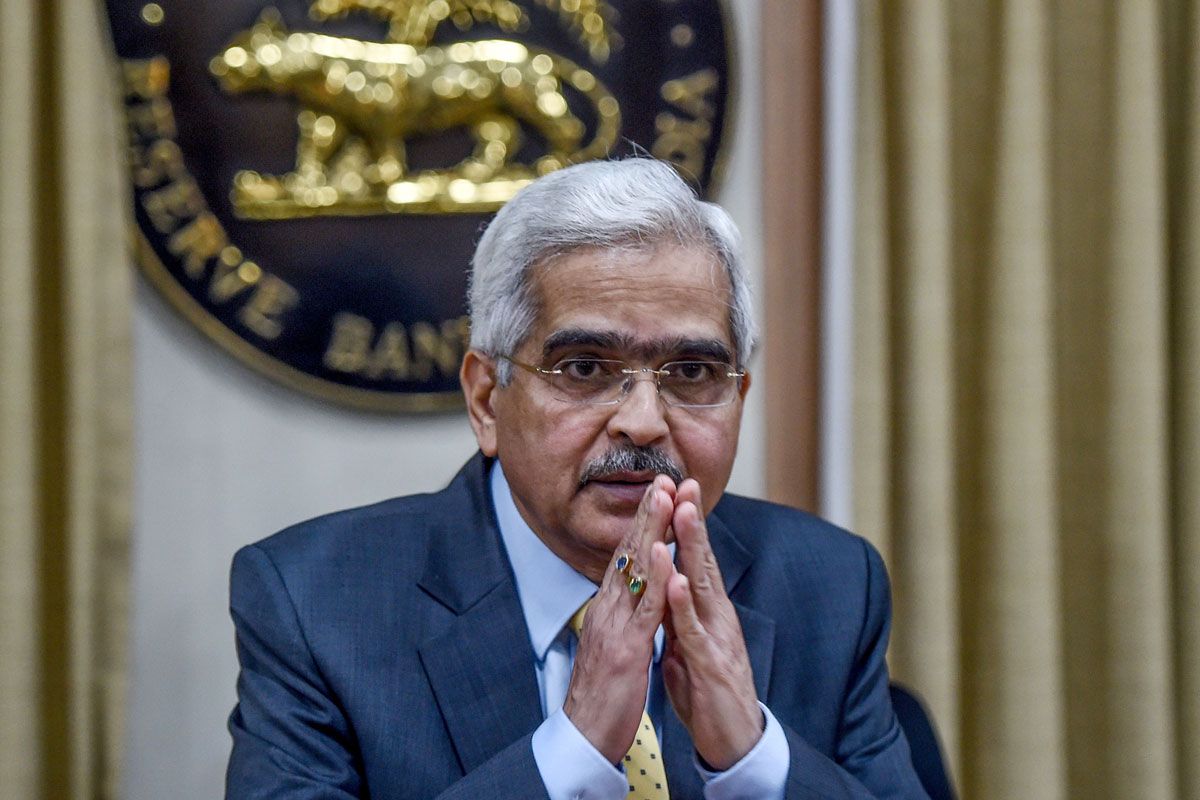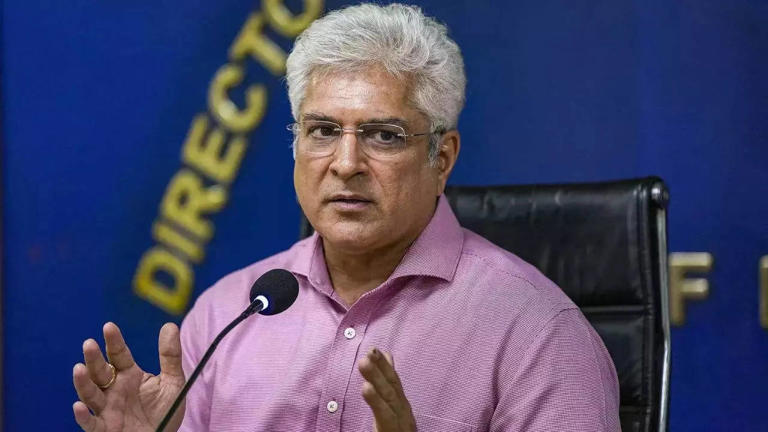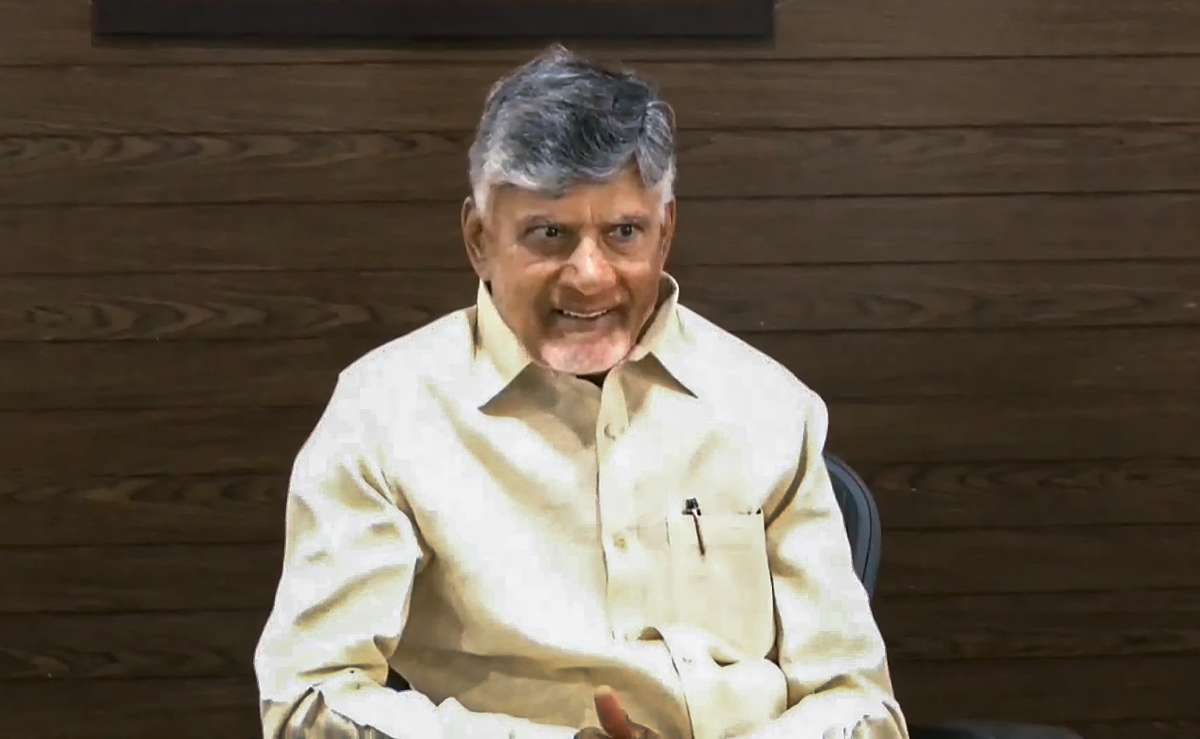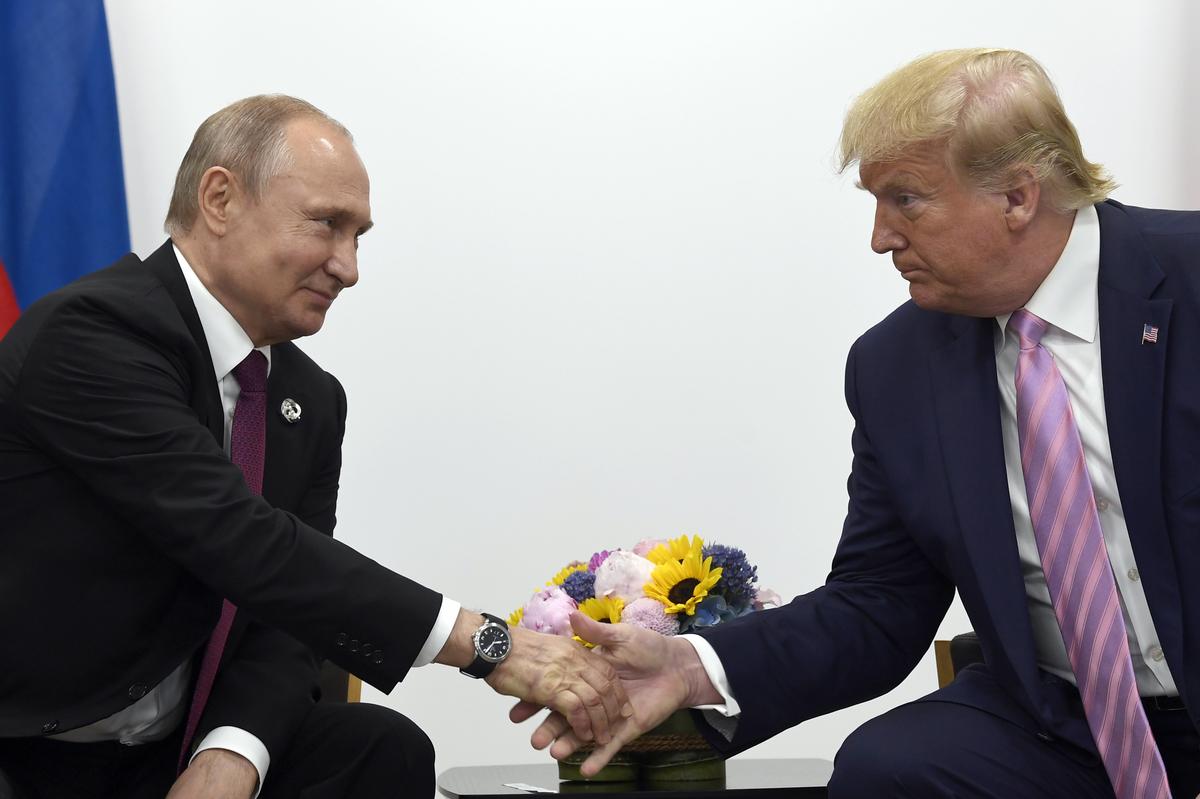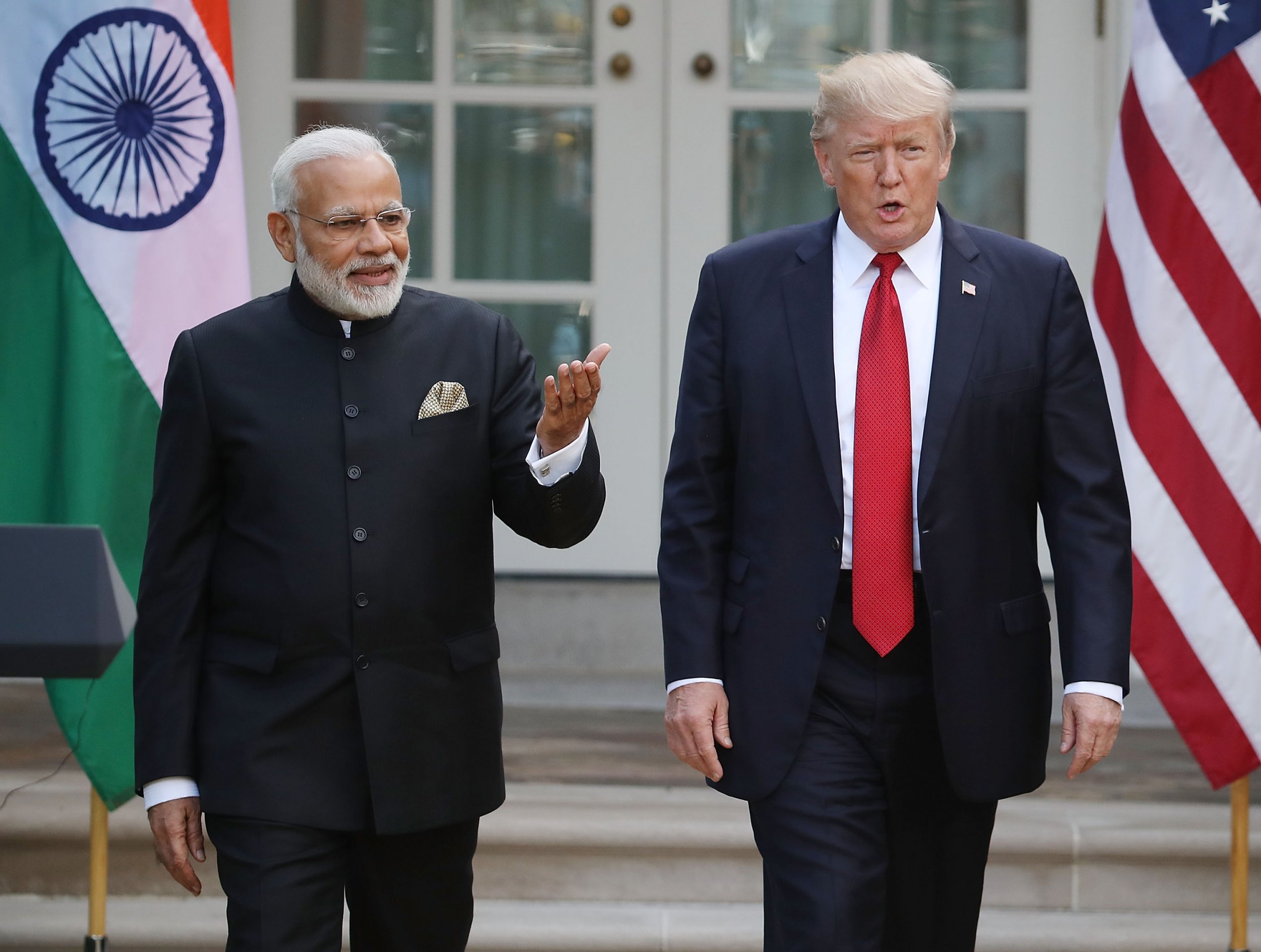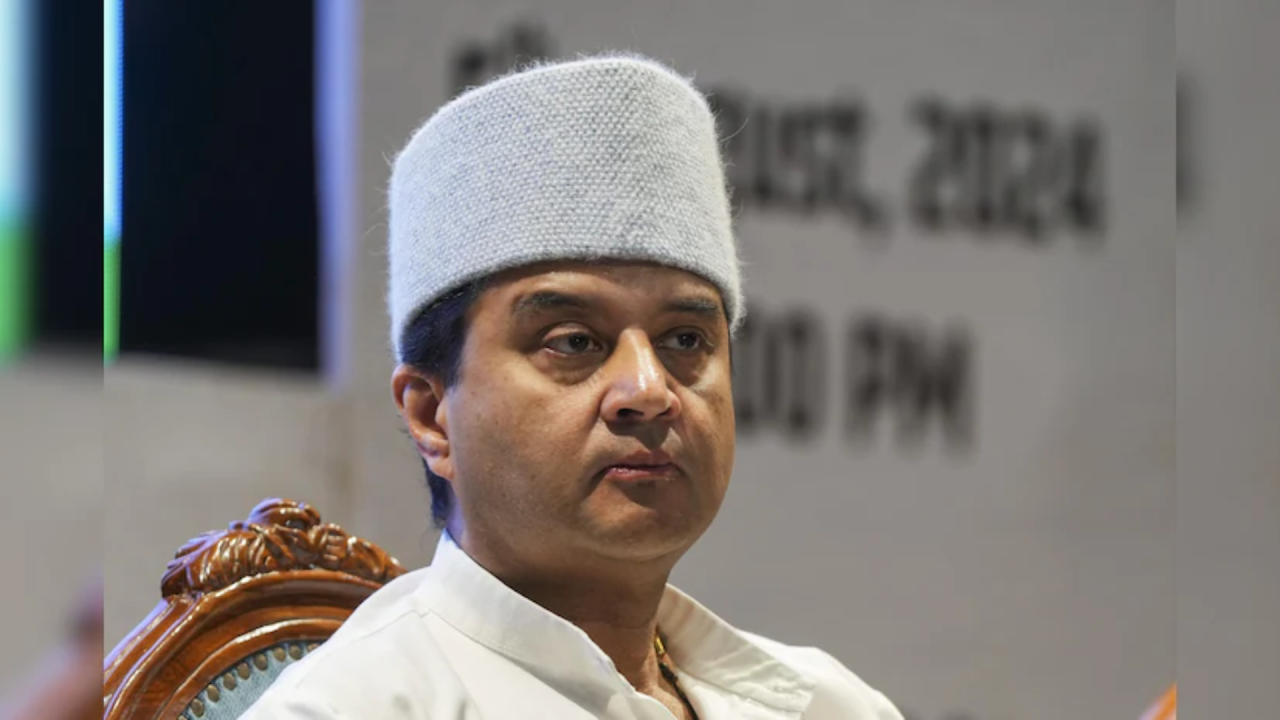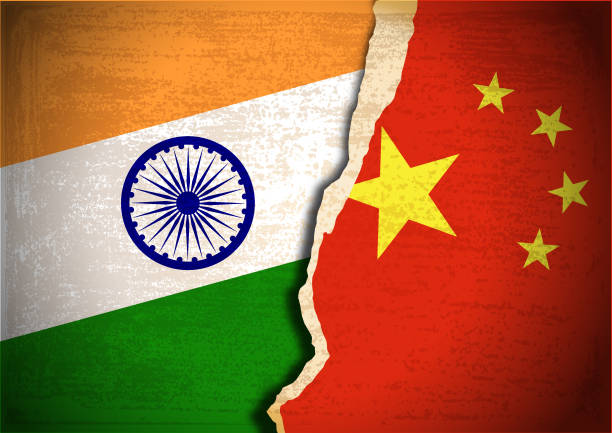Home / trending / China’s New 6th-Generation Stealth Fighter: Revolutionizing Aerial Warfare
China’s New 6th-Generation Stealth Fighter: Revolutionizing Aerial Warfare
By: My India Times
4 minutes read 7Updated At: 2024-12-27
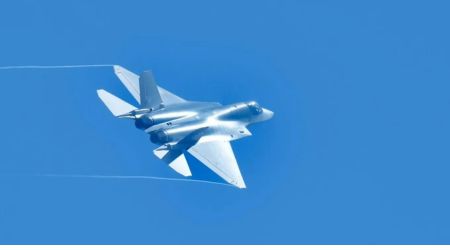
A pivotal moment in aerial defense has arrived as China unveils its new sixth-generation stealth fighter, a game-changer that could redefine the future of air combat. Recently, footage of the aircraft surfaced, leaving military analysts across the globe on high alert. The fighter, with its radical tail-less design, defies conventional aircraft design, signaling a new era of stealth technology. This aircraft is set to be a long-range strike weapon, equipped with next-generation features that may render it nearly undetectable to radar systems.
The Next Evolution of Stealth Technology
Stealth technology has been a cornerstone of modern warfare, especially in the realm of air superiority. The United States led the way with its F-22 Raptor and F-35 Lightning II, both heralded as groundbreaking stealth fighters. Russia’s Su-57 further enhanced this technology, but China’s new sixth-generation fighter takes stealth to the next level. The aircraft’s lack of a traditional tail is not just an aesthetic choice; it's a design feature that could drastically reduce its radar signature. With this innovation, the jet would be far more difficult for radar systems to track, effectively making it invisible to detection.
The move to eliminate the tail is not only a step forward in stealth but also promises enhanced agility. The aircraft is designed to outmaneuver enemy fighters while carrying out long-range strikes with pinpoint accuracy. This combination of stealth and power positions China to challenge the current standards of aerial combat, creating a new paradigm for future warfare.
Strategic Implications for India’s Defense
China’s unveiling of this next-gen fighter is particularly concerning for India, which faces ongoing military tensions along its northern borders. Currently, India does not have a dedicated stealth fighter, placing it at a significant disadvantage against China’s rapidly advancing air force. While India’s Rafale fighter jets, acquired from France, are highly capable, they are not on par with the latest stealth fighters, and India’s focus on defense modernization could be tested by this new Chinese threat.
India has already faced an increase in China’s military presence in the region. Satellite images from earlier this year revealed China’s deployment of J-20 stealth fighters near the Sikkim border, just 150 kilometers from India’s northeastern region. This proximity only heightens the sense of urgency surrounding India’s air defense strategy, as it faces a growing Chinese military presence near its borders.
India’s Response: The Rafale and AMCA
In the face of growing Chinese aerial capabilities, India has strengthened its own air force. The Rafale, one of the world’s most advanced multi-role aircraft, is designed to perform a wide range of operations, from air-to-air combat to deep ground strikes. Deployed in the northeastern regions of India, the Rafale offers a robust counter to Chinese air threats. With its radar-evading technology and advanced avionics, it ensures India’s air superiority remains intact despite China’s advancements.
However, India is not merely relying on foreign aircraft. The country has also focused on developing its own indigenous fighter, the Advanced Medium Combat Aircraft (AMCA). The AMCA, which will incorporate cutting-edge stealth technology and superior maneuverability, could become a vital part of India’s air defense strategy in the coming years. India’s commitment to self-reliance in defense technology is evident, and the AMCA represents a key step in countering China’s aerial supremacy.
China’s Broader Military Expansion
The introduction of this new sixth-generation fighter is part of China’s broader strategy to bolster its military capabilities in the Asia-Pacific region. Alongside the development of advanced fighter jets, China has made massive investments in its military infrastructure in Tibet, including airbases, radar stations, and missile defense systems. These developments pose a direct challenge to India’s defense posture and require an immediate response to maintain balance in the region.
The proximity of Chinese military assets in Tibet to India’s northeastern states underscores the strategic importance of this region. The unveiling of a next-gen stealth fighter by China only intensifies the competition between the two countries, which have a long history of border disputes and military rivalry.
Conclusion: The Changing Dynamics of Air Power
The arrival of China’s sixth-generation stealth fighter marks a turning point in the balance of power in the Asia-Pacific region. While India’s Rafales and the development of the AMCA provide formidable countermeasures, China’s relentless pursuit of advanced aerospace technology will undoubtedly push India to continue modernizing its defense capabilities. The rapid advancement in stealth technology suggests that future air combat will be defined by aircraft that are both virtually invisible to radar and supremely agile in the sky.
As the air superiority race intensifies, both China and India will be forced to confront the evolving nature of warfare, where technological innovations in stealth, speed, and combat efficiency will determine the future of regional security. India’s strategy of building a strong air defense infrastructure, alongside its alliances with Western powers, will be critical in countering China’s growing military dominance. However, as China continues to invest heavily in its air force, India’s defense preparedness will need to evolve at a similar pace to maintain regional stability and ensure that its airspace remains secure in the face of growing threats.
The ongoing arms race in the skies between China and India is just beginning, and the coming years will be critical in shaping the future of air combat in the region. As both nations develop and deploy new technologies, the strategic landscape of Asia will undoubtedly change, and the effects of this shift will ripple across global defense networks.
....A pivotal moment in aerial defense has arrived as China unveils its new sixth-generation stealth fighter, a game-changer that could redefine the future of air combat. Recently, footage of the aircraft surfaced, leaving military analysts across the globe on high alert. The fighter, with its radical tail-less design, defies conventional aircraft design, signaling a new era of stealth technology. This aircraft is set to be a long-range strike weapon, equipped with next-generation features that may render it nearly undetectable to radar systems.
The Next Evolution of Stealth Technology
Stealth technology has been a cornerstone of modern warfare, especially in the realm of air superiority. The United States led the way with its F-22 Raptor and F-35 Lightning II, both heralded as groundbreaking stealth fighters. Russia’s Su-57 further enhanced this technology, but China’s new sixth-generation fighter takes stealth to the next level. The aircraft’s lack of a traditional tail is not just an aesthetic choice; it's a design feature that could drastically reduce its radar signature. With this innovation, the jet would be far more difficult for radar systems to track, effectively making it invisible to detection.
The move to eliminate the tail is not only a step forward in stealth but also promises enhanced agility. The aircraft is designed to outmaneuver enemy fighters while carrying out long-range strikes with pinpoint accuracy. This combination of stealth and power positions China to challenge the current standards of aerial combat, creating a new paradigm for future warfare.
Strategic Implications for India’s Defense
China’s unveiling of this next-gen fighter is particularly concerning for India, which faces ongoing military tensions along its northern borders. Currently, India does not have a dedicated stealth fighter, placing it at a significant disadvantage against China’s rapidly advancing air force. While India’s Rafale fighter jets, acquired from France, are highly capable, they are not on par with the latest stealth fighters, and India’s focus on defense modernization could be tested by this new Chinese threat.
India has already faced an increase in China’s military presence in the region. Satellite images from earlier this year revealed China’s deployment of J-20 stealth fighters near the Sikkim border, just 150 kilometers from India’s northeastern region. This proximity only heightens the sense of urgency surrounding India’s air defense strategy, as it faces a growing Chinese military presence near its borders.
India’s Response: The Rafale and AMCA
In the face of growing Chinese aerial capabilities, India has strengthened its own air force. The Rafale, one of the world’s most advanced multi-role aircraft, is designed to perform a wide range of operations, from air-to-air combat to deep ground strikes. Deployed in the northeastern regions of India, the Rafale offers a robust counter to Chinese air threats. With its radar-evading technology and advanced avionics, it ensures India’s air superiority remains intact despite China’s advancements.
However, India is not merely relying on foreign aircraft. The country has also focused on developing its own indigenous fighter, the Advanced Medium Combat Aircraft (AMCA). The AMCA, which will incorporate cutting-edge stealth technology and superior maneuverability, could become a vital part of India’s air defense strategy in the coming years. India’s commitment to self-reliance in defense technology is evident, and the AMCA represents a key step in countering China’s aerial supremacy.
China’s Broader Military Expansion
The introduction of this new sixth-generation fighter is part of China’s broader strategy to bolster its military capabilities in the Asia-Pacific region. Alongside the development of advanced fighter jets, China has made massive investments in its military infrastructure in Tibet, including airbases, radar stations, and missile defense systems. These developments pose a direct challenge to India’s defense posture and require an immediate response to maintain balance in the region.
The proximity of Chinese military assets in Tibet to India’s northeastern states underscores the strategic importance of this region. The unveiling of a next-gen stealth fighter by China only intensifies the competition between the two countries, which have a long history of border disputes and military rivalry.
Conclusion: The Changing Dynamics of Air Power
The arrival of China’s sixth-generation stealth fighter marks a turning point in the balance of power in the Asia-Pacific region. While India’s Rafales and the development of the AMCA provide formidable countermeasures, China’s relentless pursuit of advanced aerospace technology will undoubtedly push India to continue modernizing its defense capabilities. The rapid advancement in stealth technology suggests that future air combat will be defined by aircraft that are both virtually invisible to radar and supremely agile in the sky.
As the air superiority race intensifies, both China and India will be forced to confront the evolving nature of warfare, where technological innovations in stealth, speed, and combat efficiency will determine the future of regional security. India’s strategy of building a strong air defense infrastructure, alongside its alliances with Western powers, will be critical in countering China’s growing military dominance. However, as China continues to invest heavily in its air force, India’s defense preparedness will need to evolve at a similar pace to maintain regional stability and ensure that its airspace remains secure in the face of growing threats.
The ongoing arms race in the skies between China and India is just beginning, and the coming years will be critical in shaping the future of air combat in the region. As both nations develop and deploy new technologies, the strategic landscape of Asia will undoubtedly change, and the effects of this shift will ripple across global defense networks.
By: My India Times
Updated At: 2024-12-27
Tags: trending News | My India Times News | Trending News | Travel News
Join our WhatsApp Channel















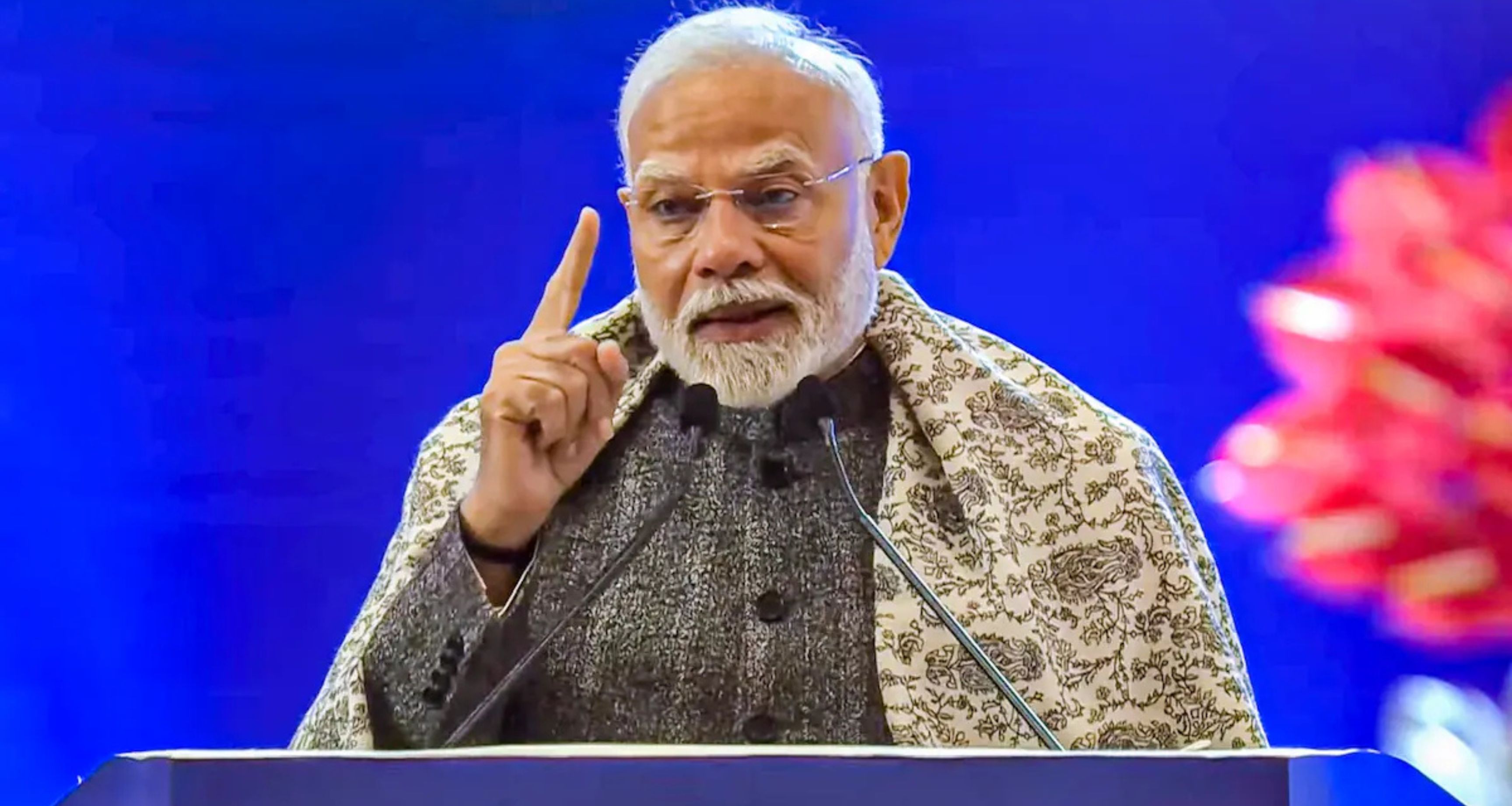
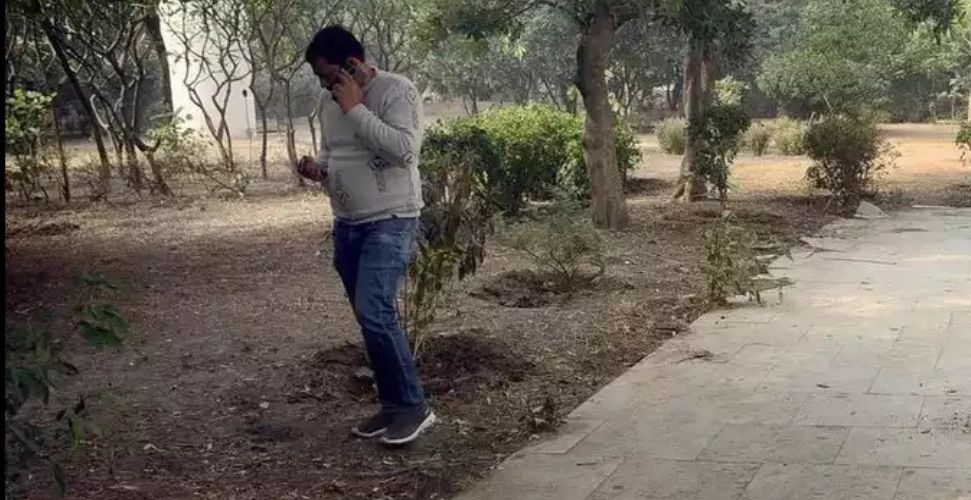


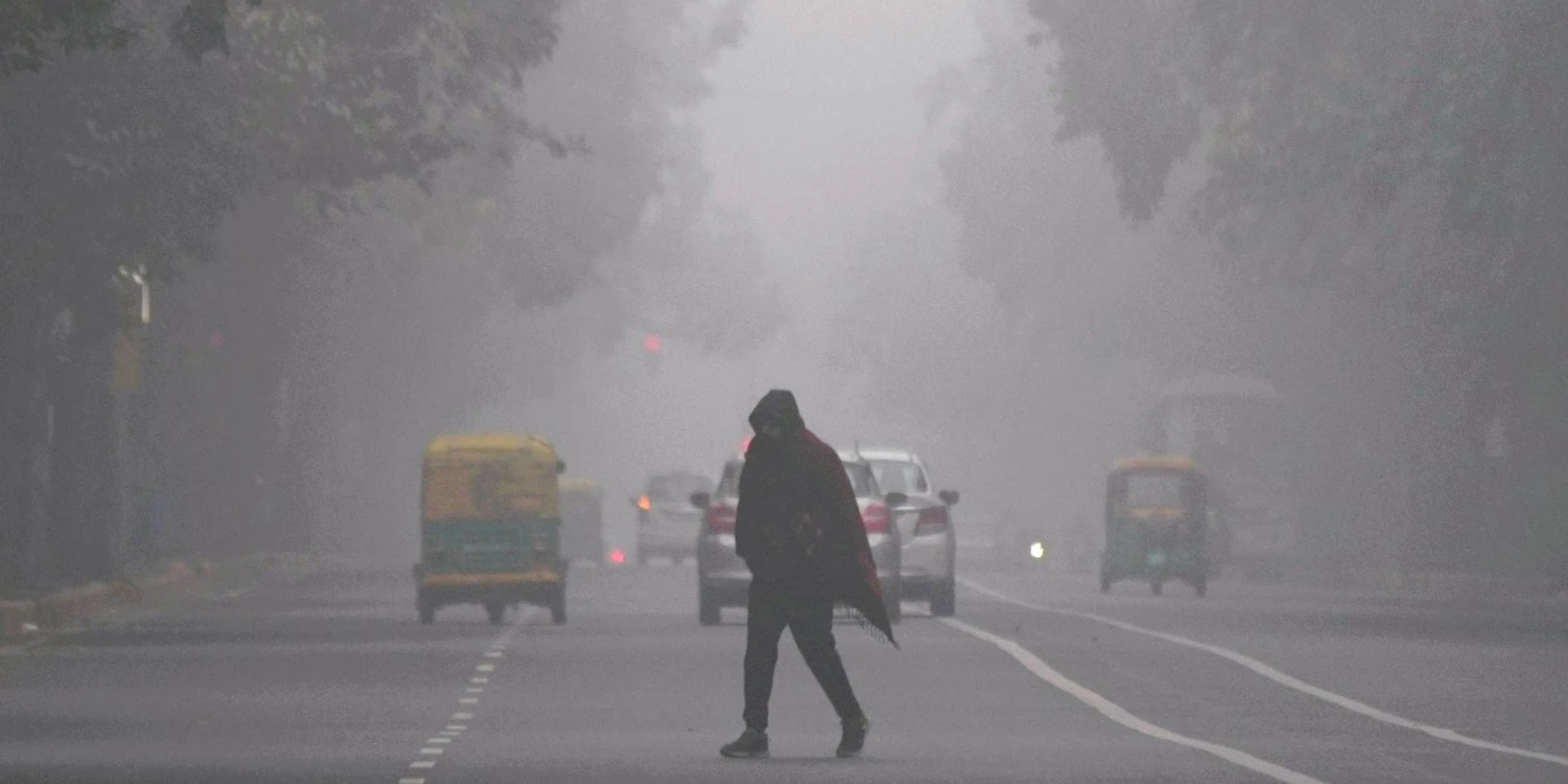





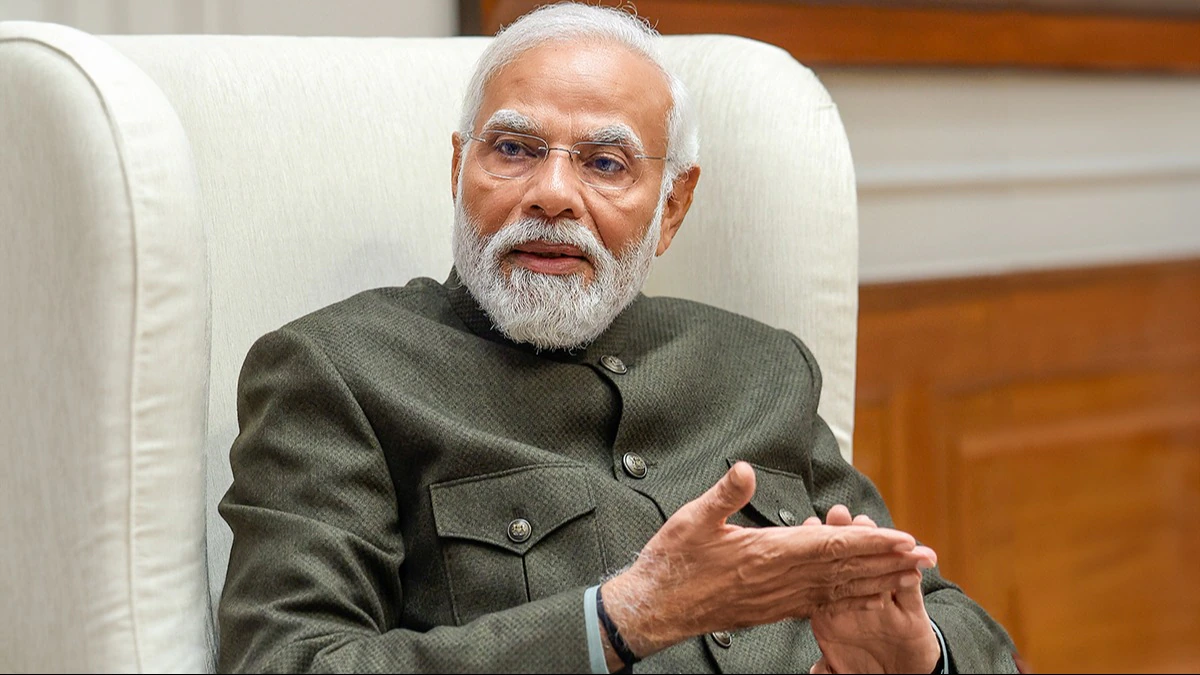
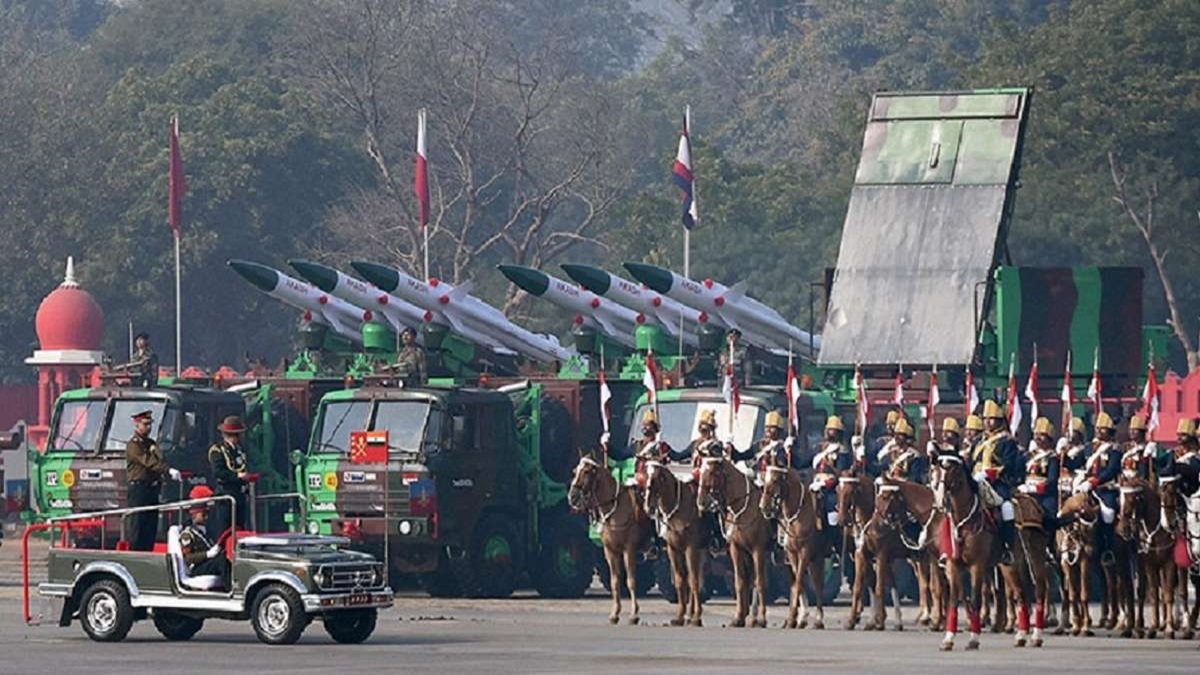

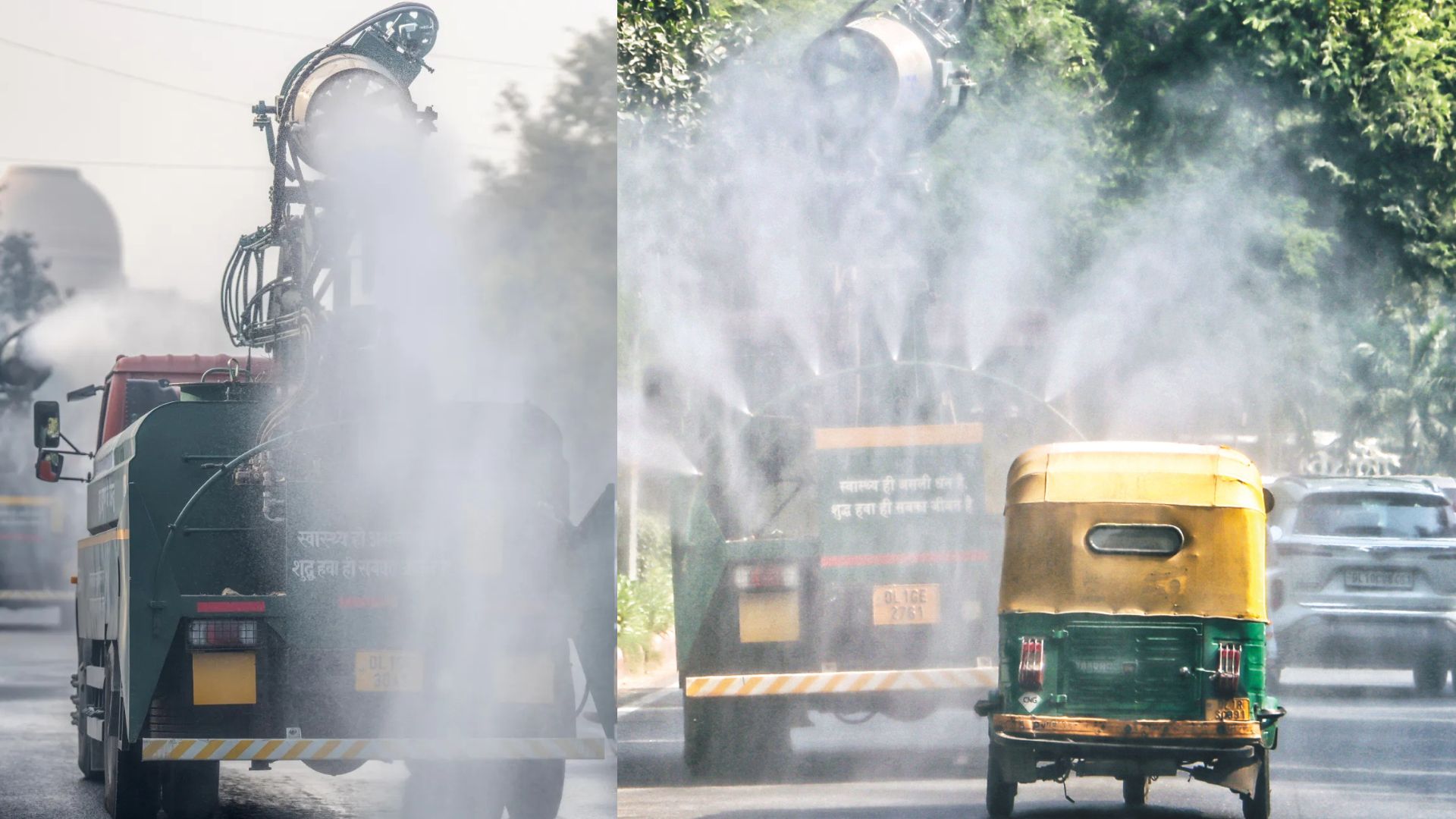





.jfif)









.jpg)








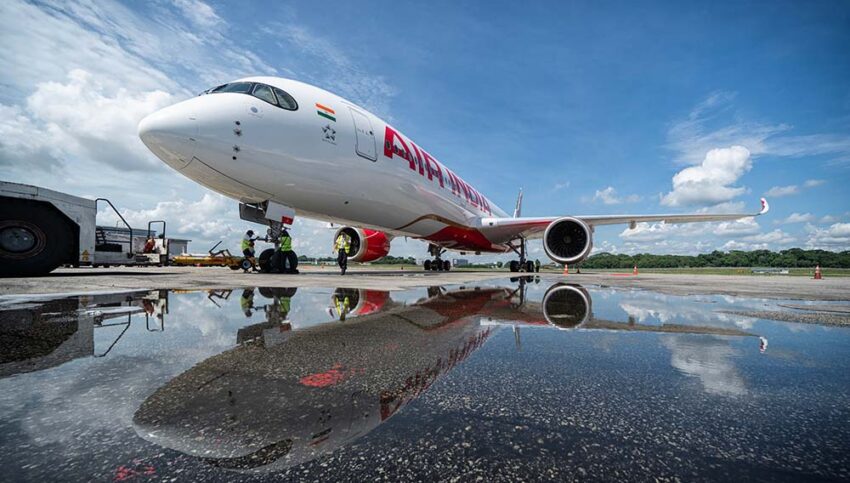
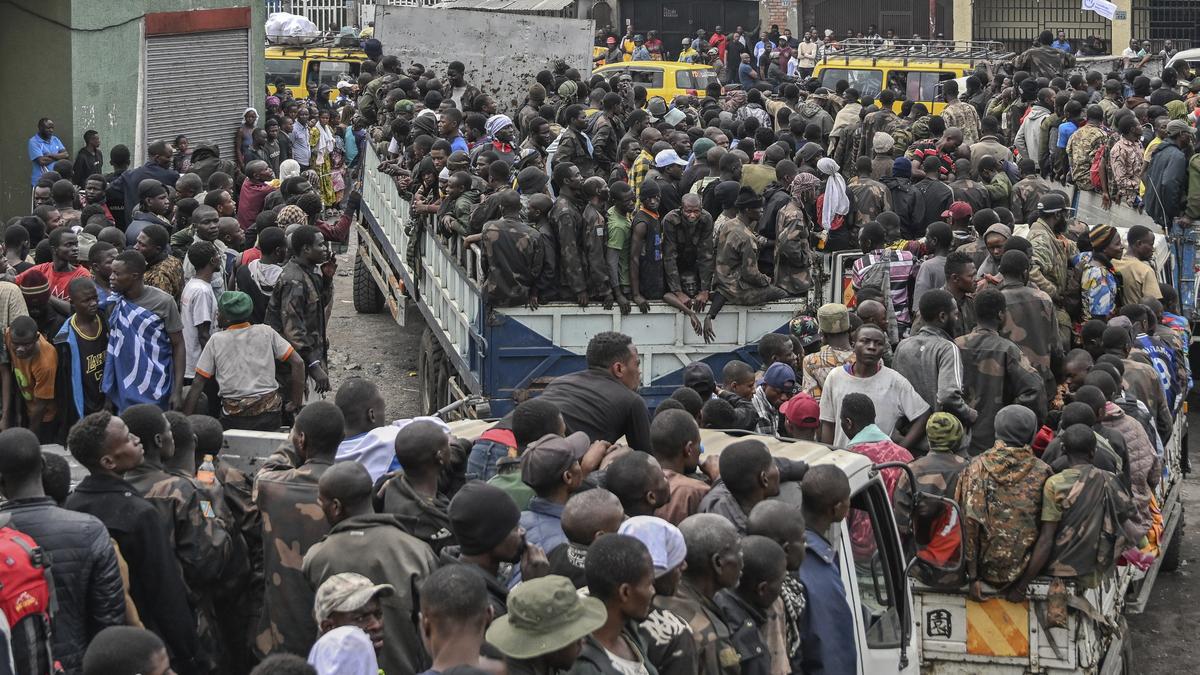
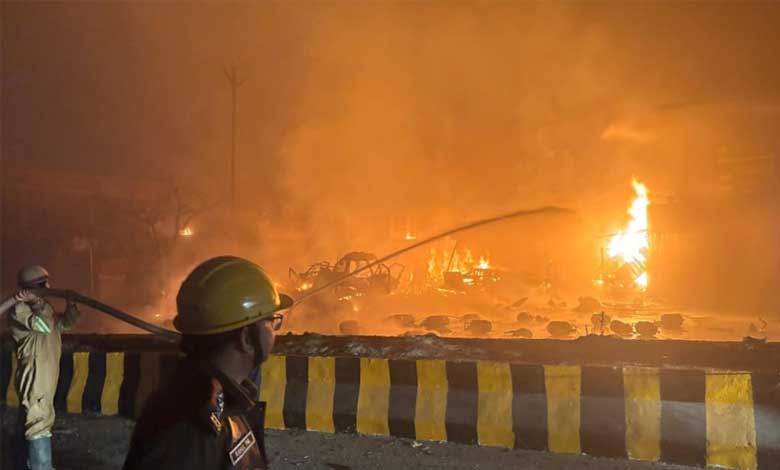



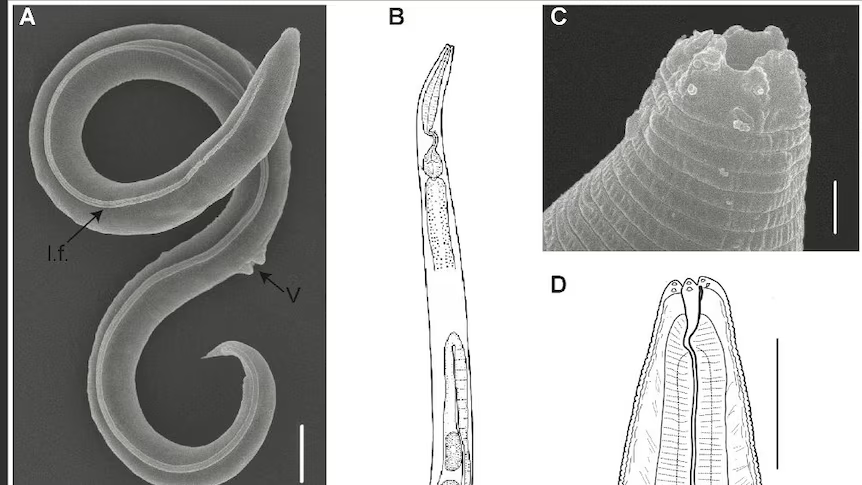









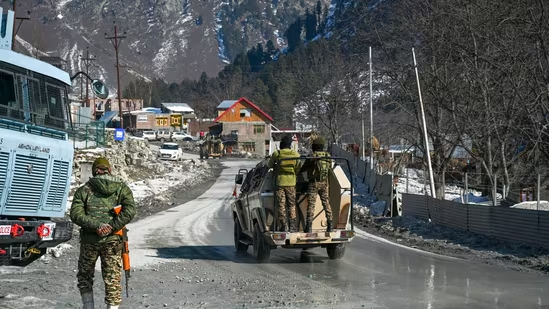



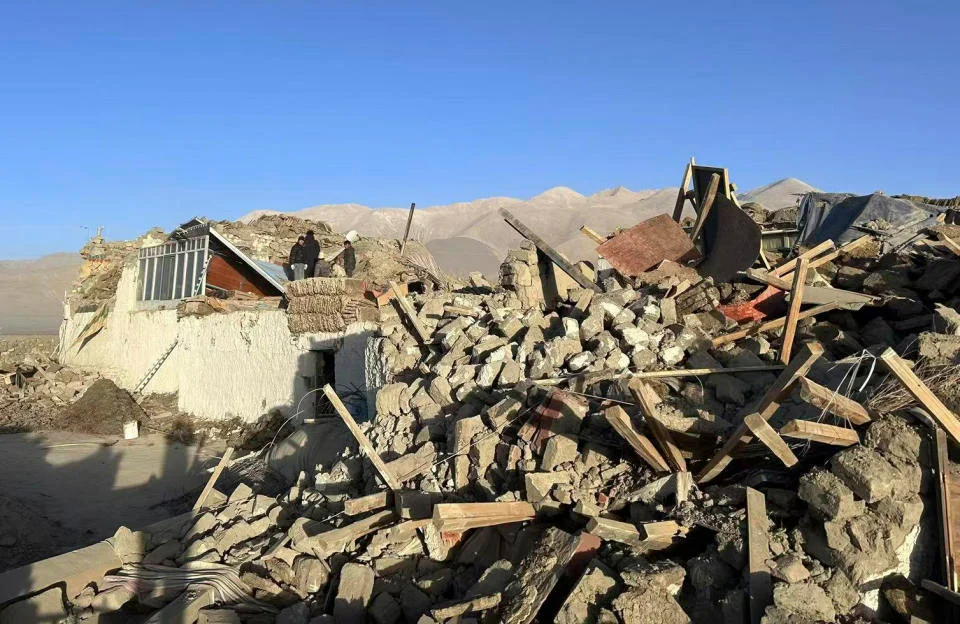


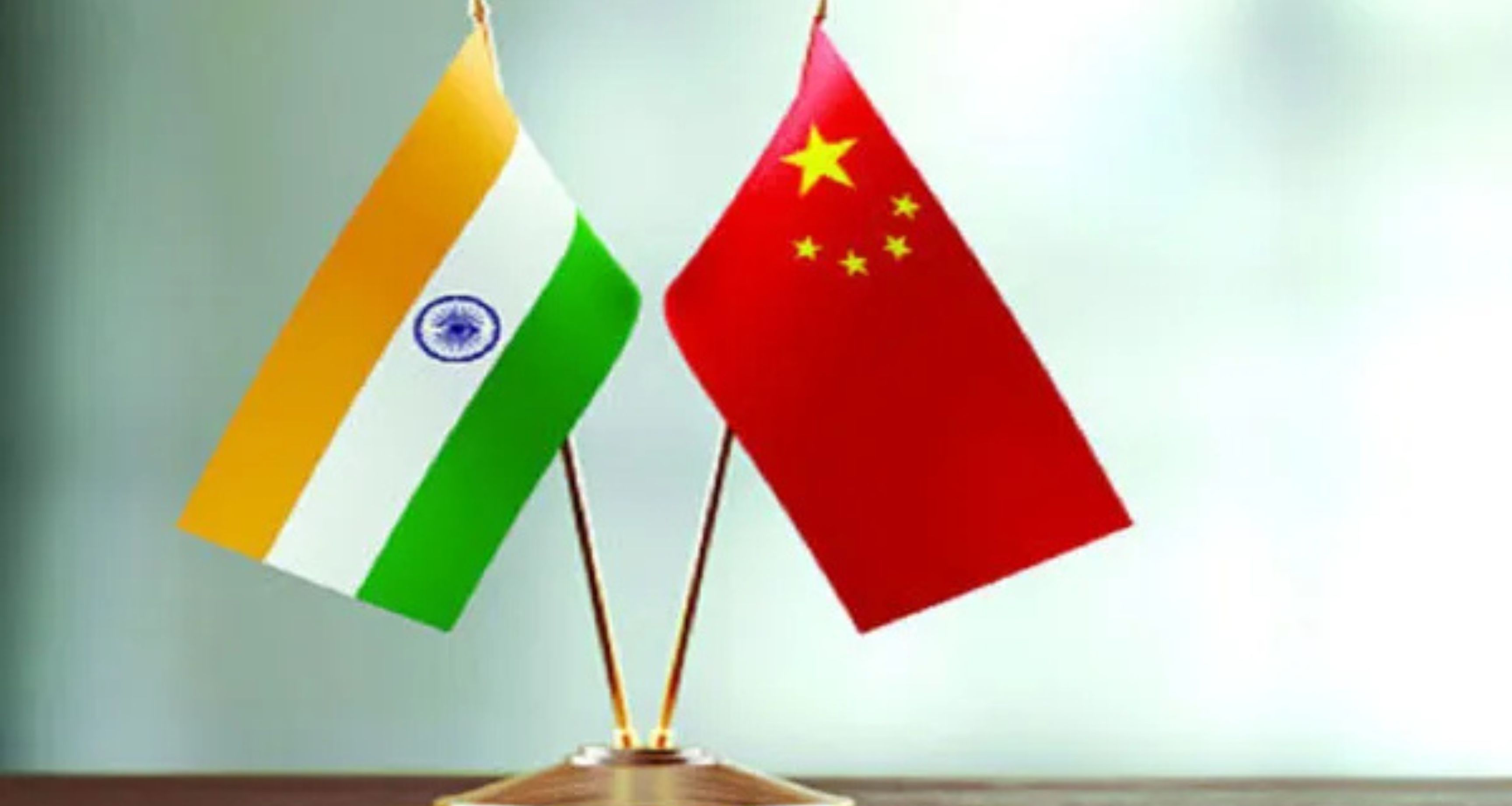

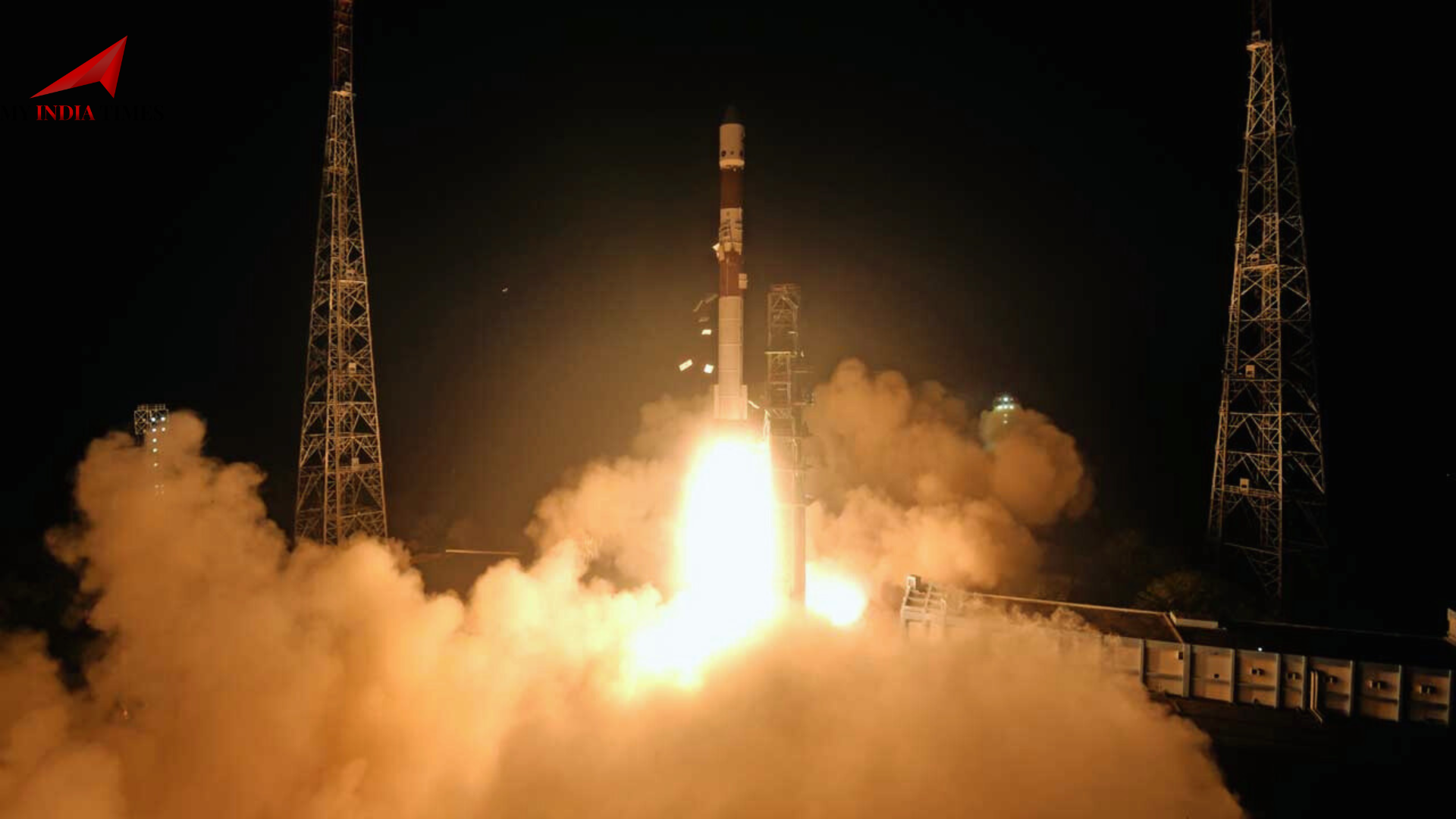

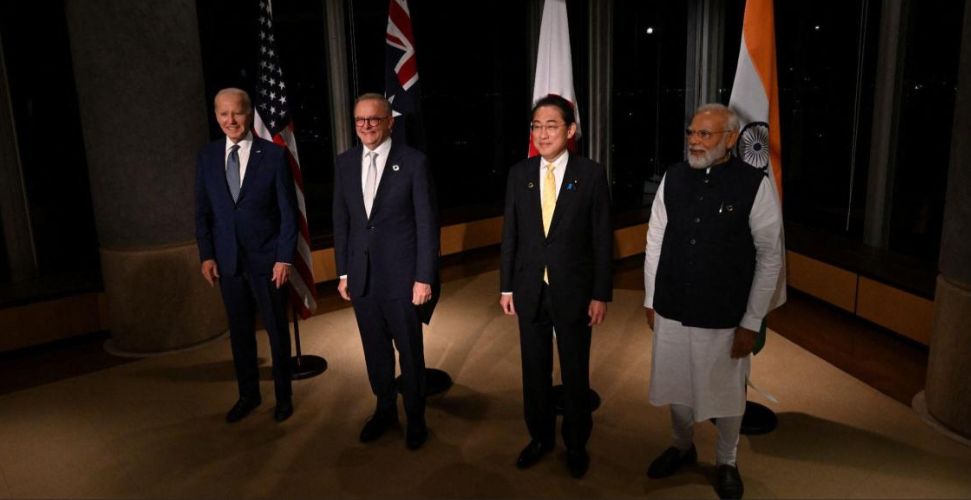

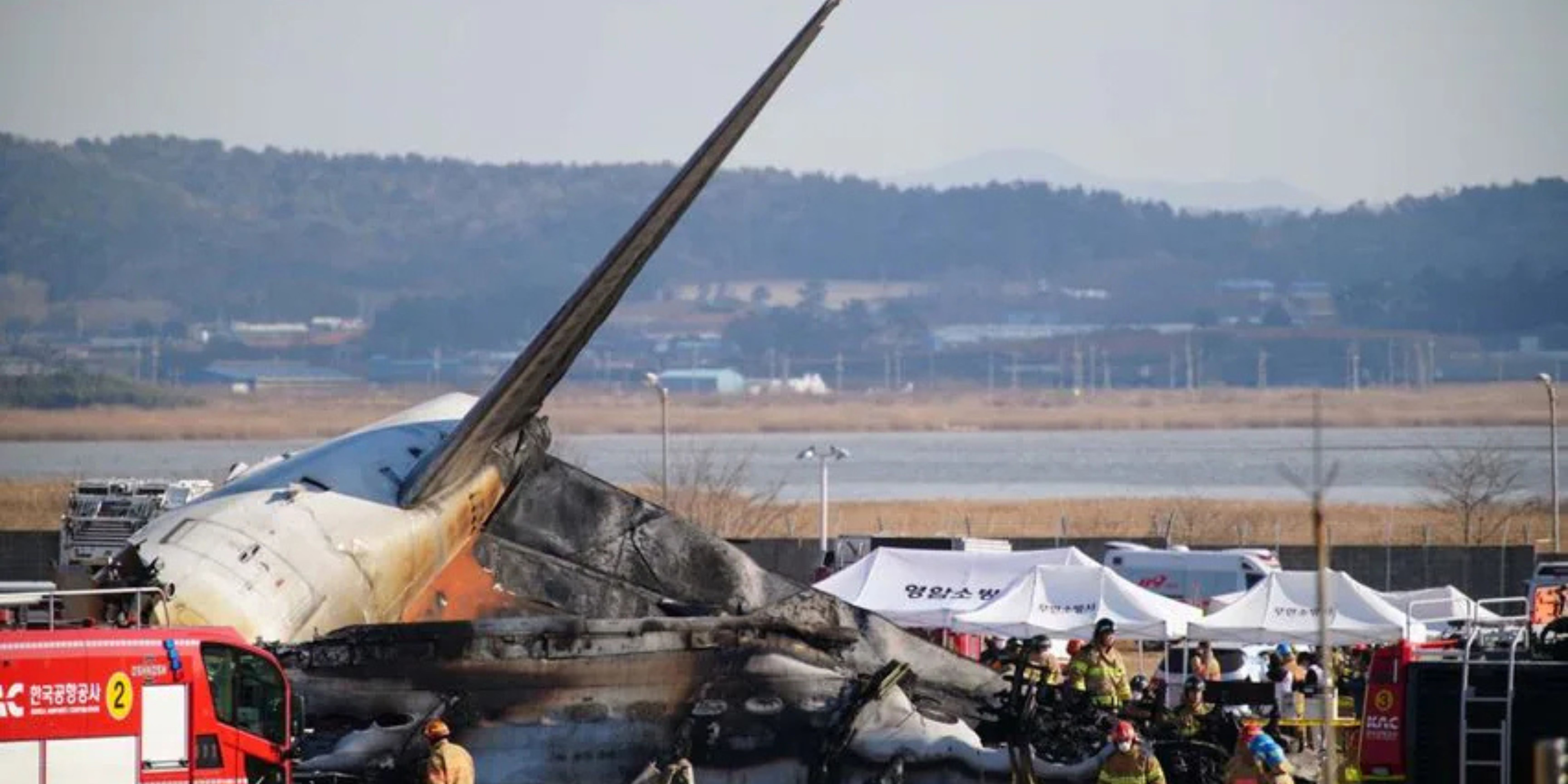

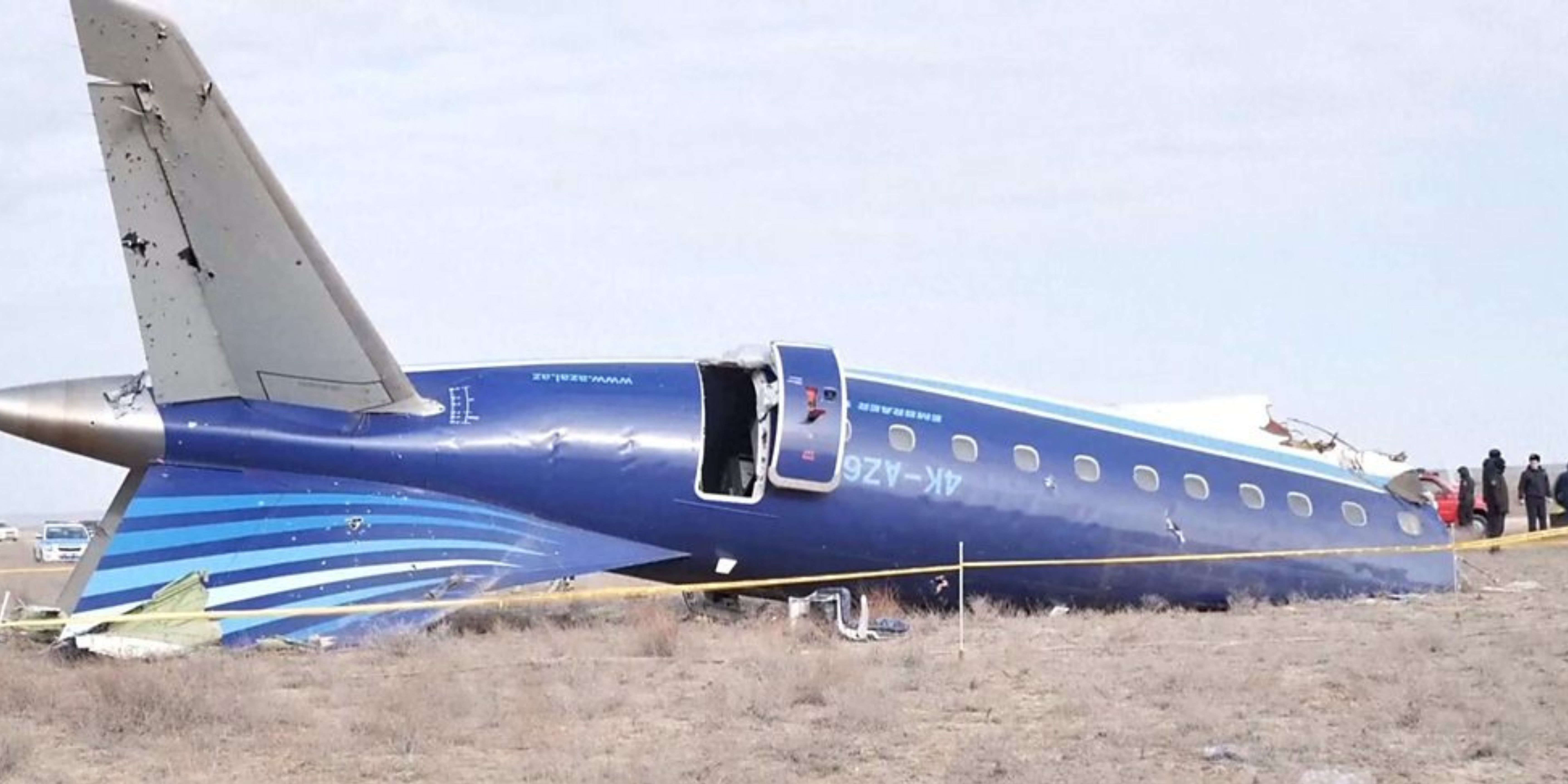
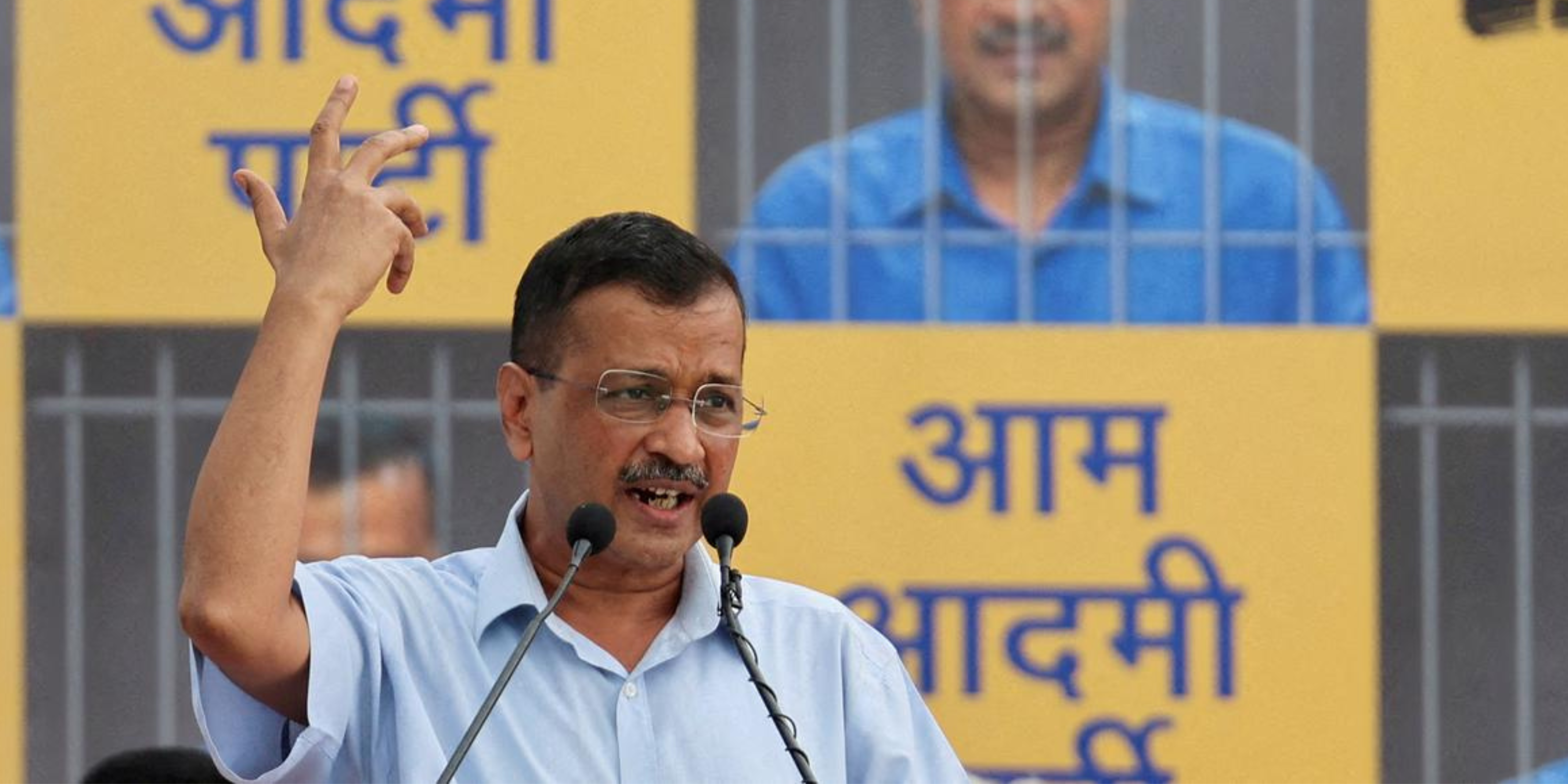

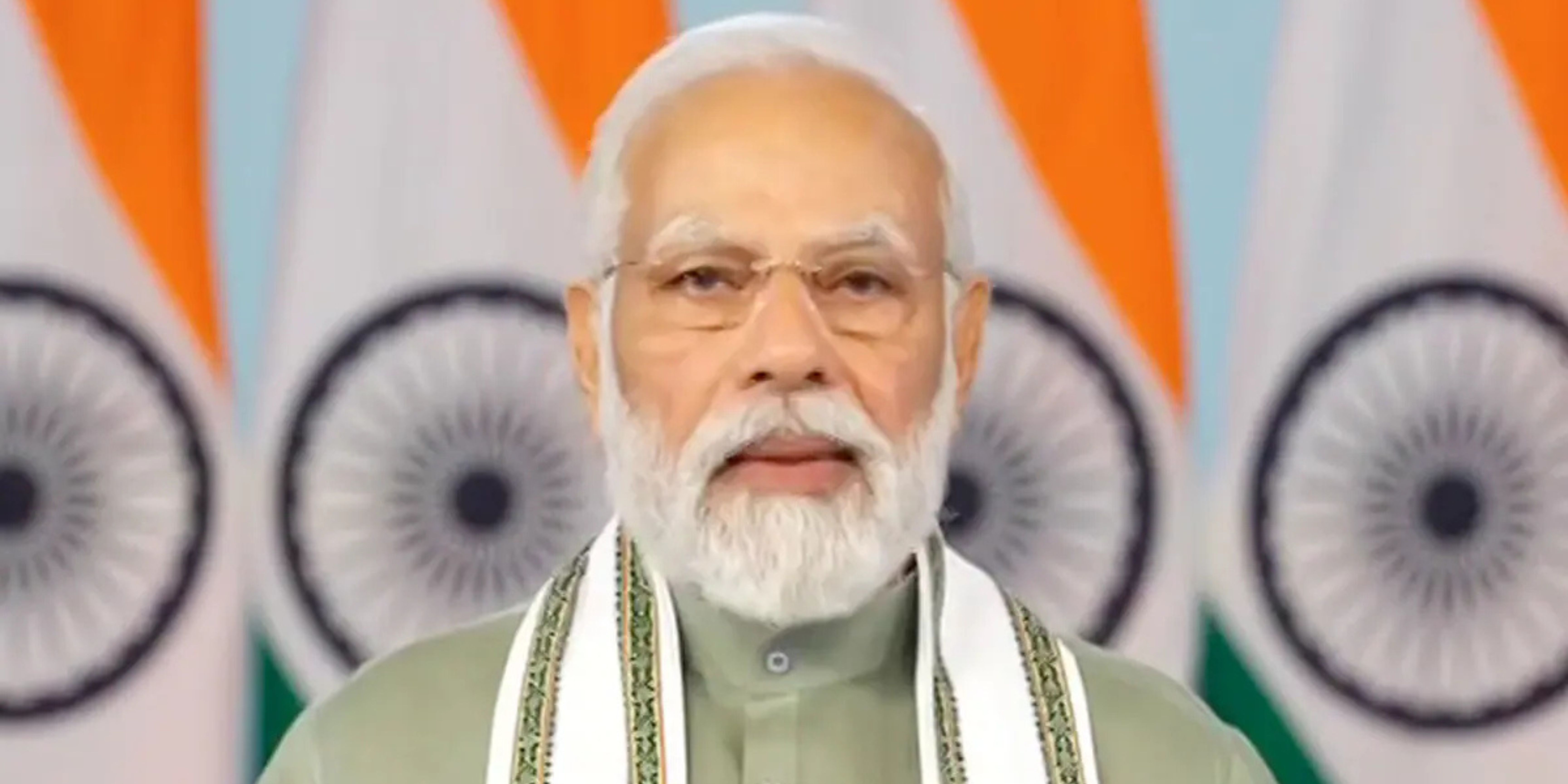
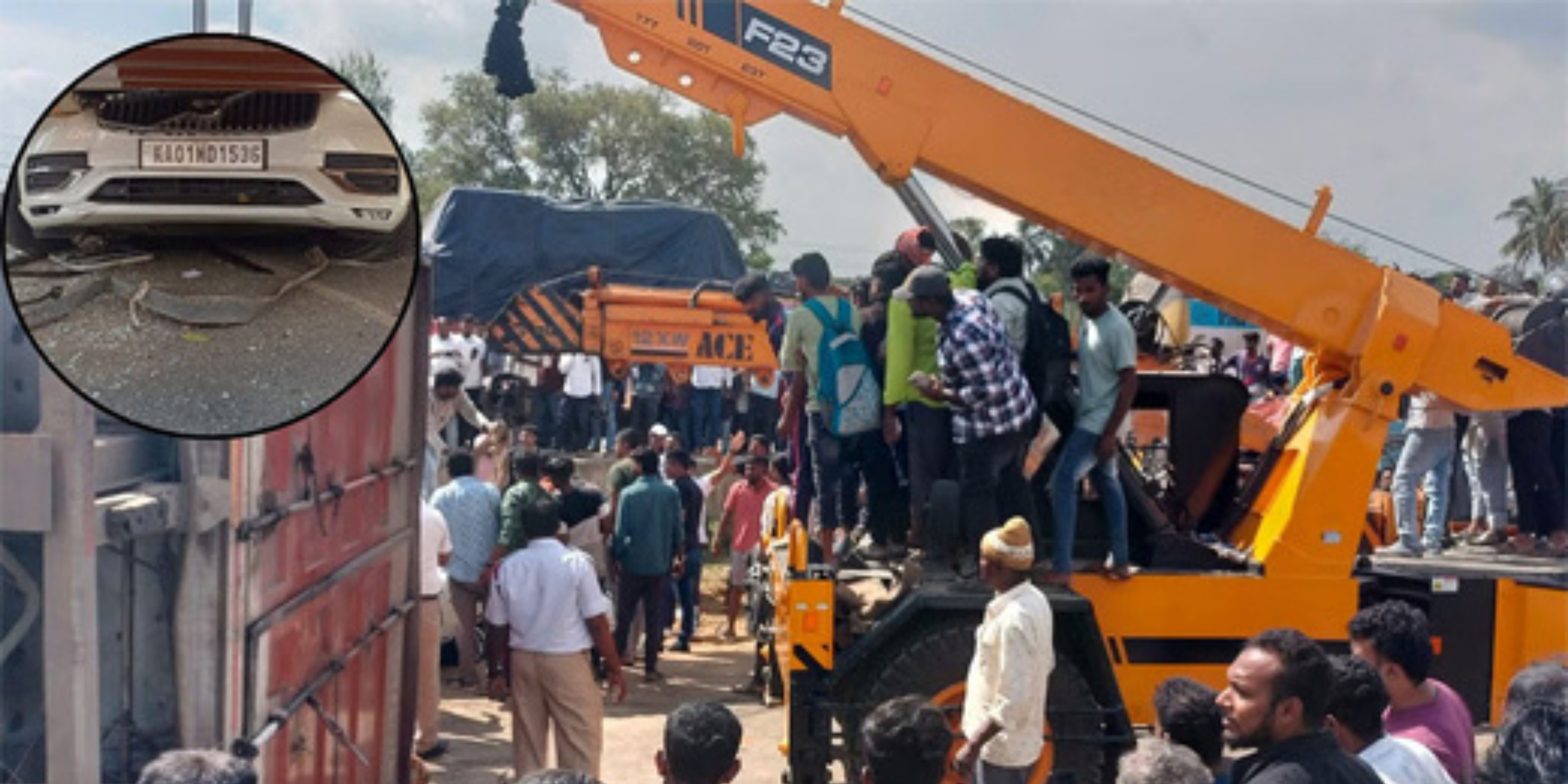





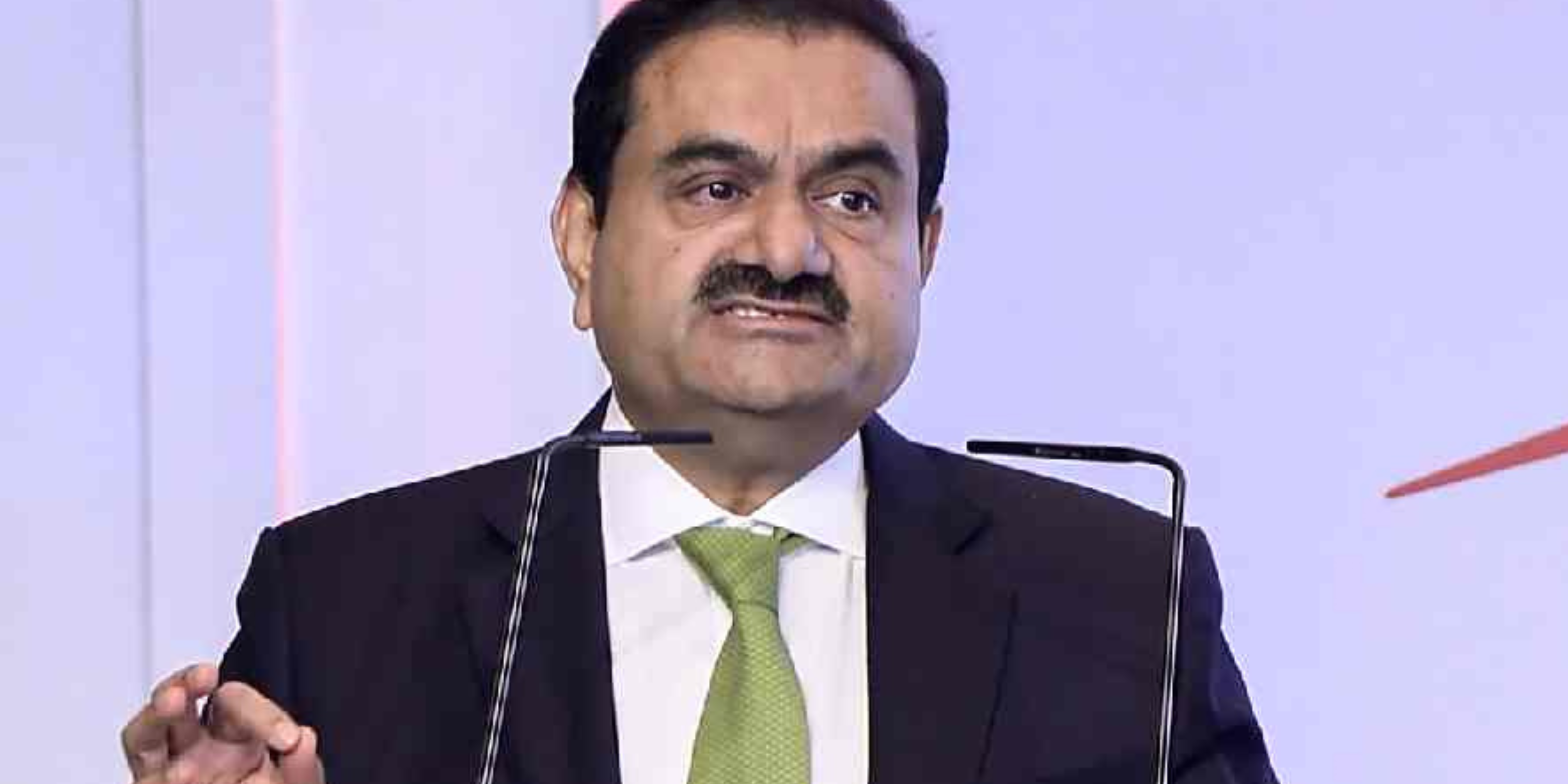







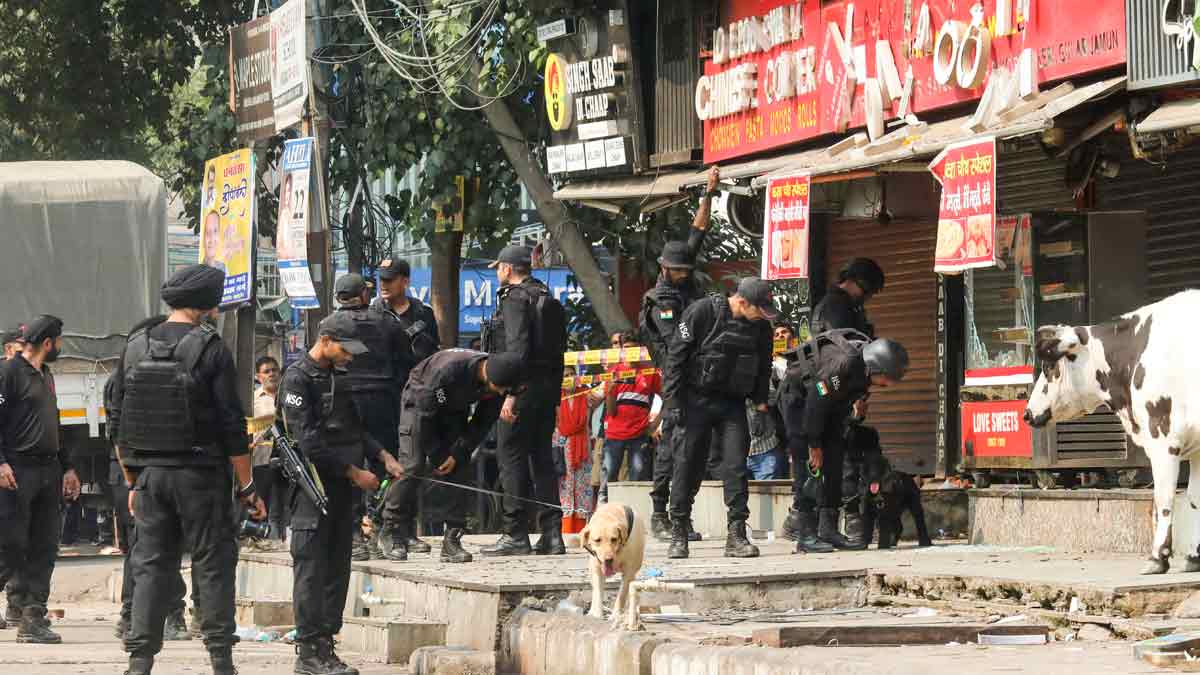



.png)
 (1).png)


